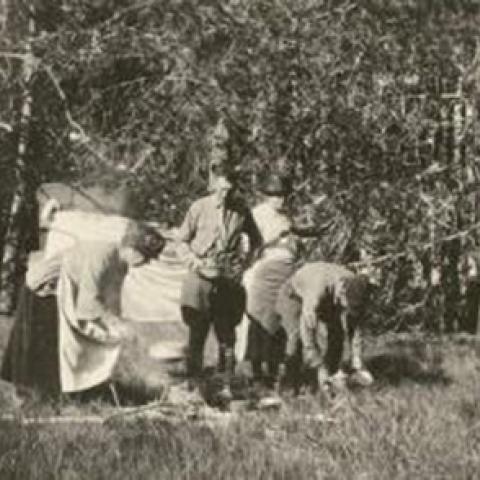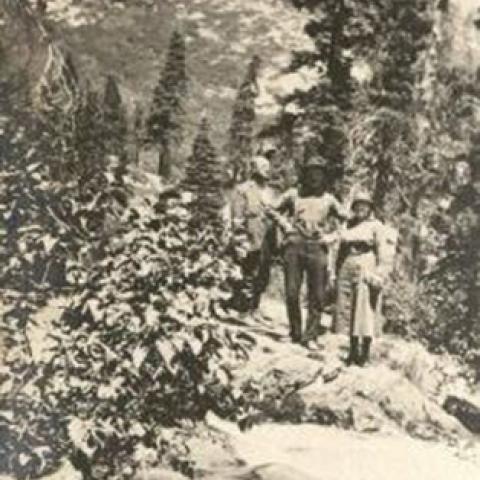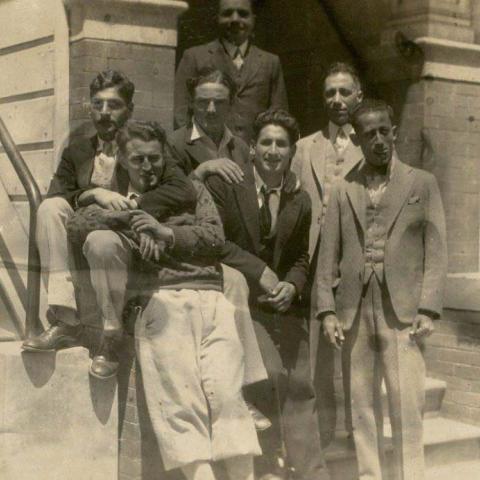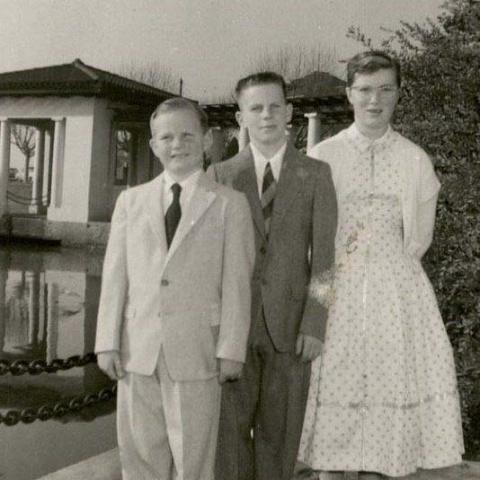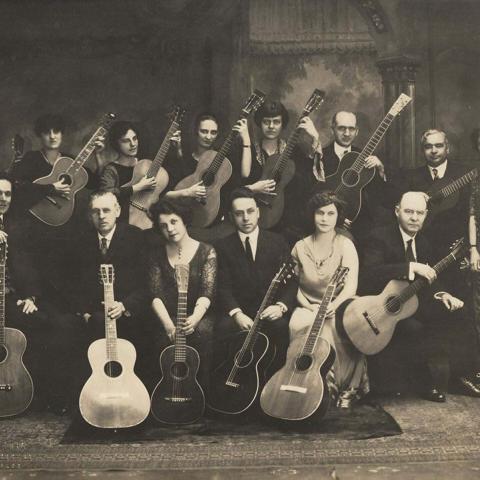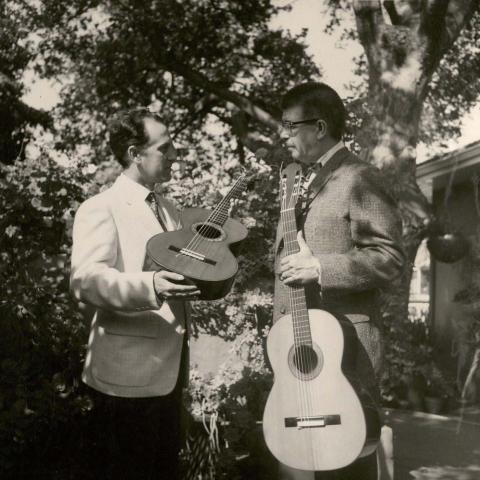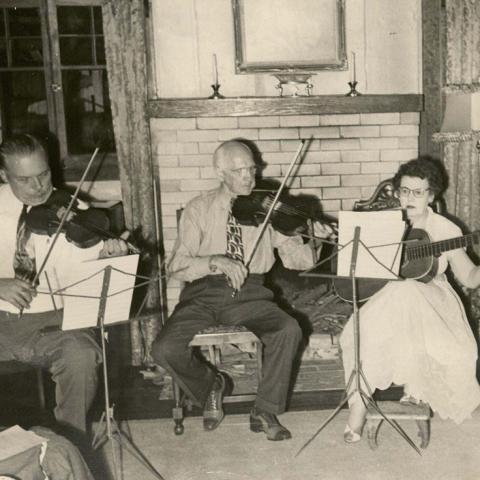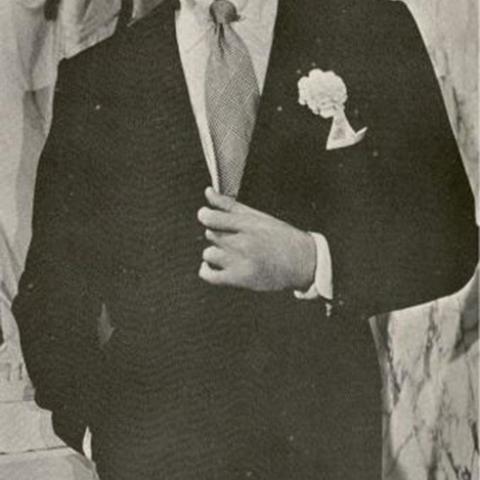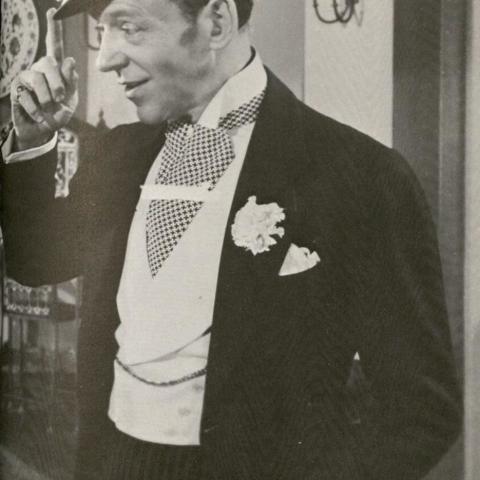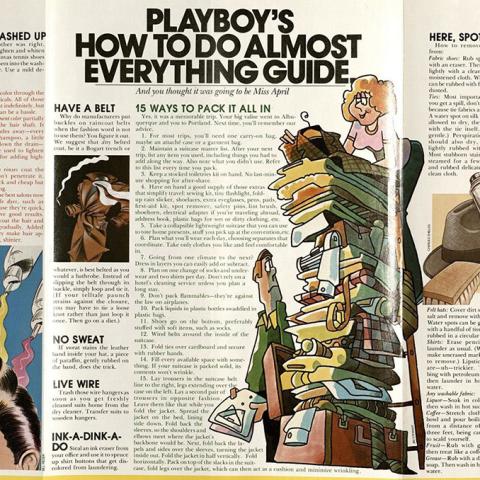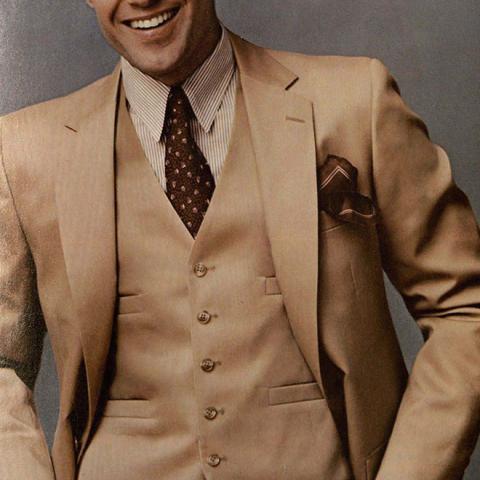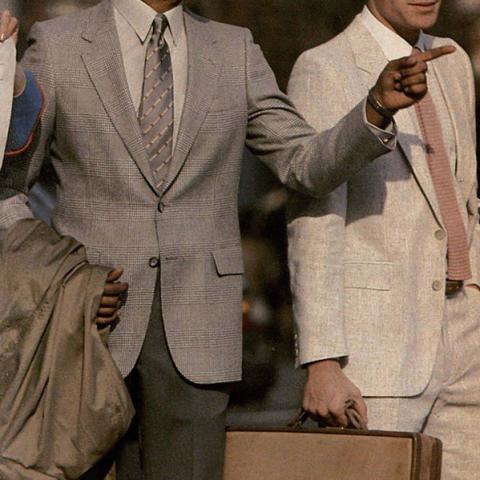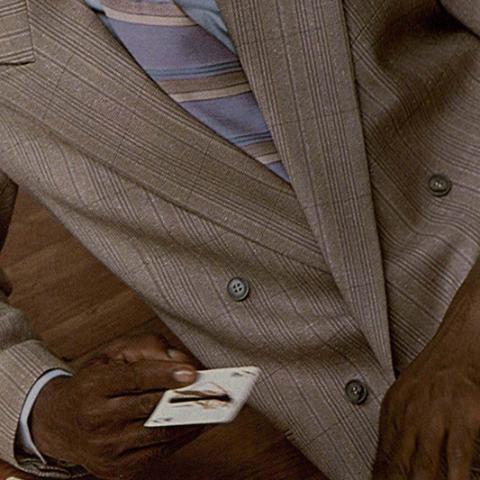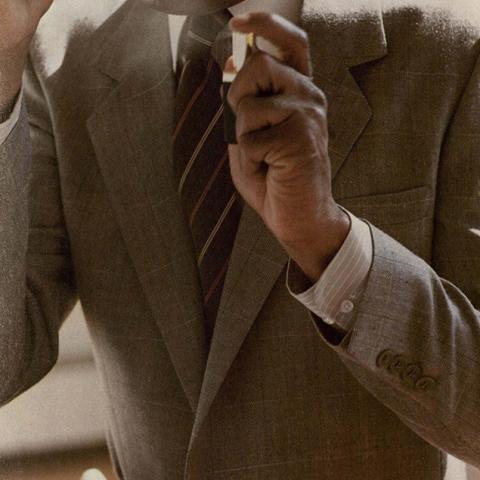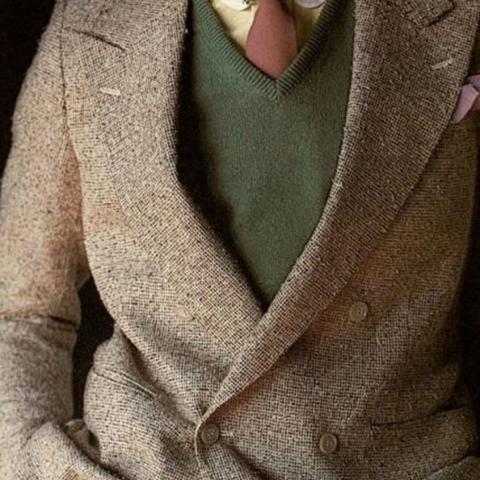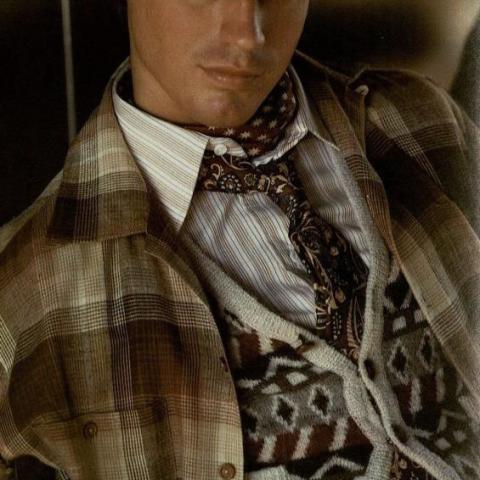The Evolution of Men's Fashion
November 22, 2016
Some Peek in the Stacks blog posts are authored by CSUN students who work in Special Collections and Archives. This week's post was written by Pedro Bautista, a student assistant in the International Guitar Research Archives (IGRA). Pedro is an undergraduate student majoring in Guitar Performance, and is the IGRA Fellow for the 2016-2017 academic year.
 If you look up "men’s fashion" on your search engine you might see images of men wearing a combination of ripped jeans that look uncomfortably tight and ride too low, and an equally tight plaid button up shirt with the sleeves rolled up, topped off with a vest that is too close to the body, unproportioned and improperly worn. There was once a time when the harmony between textile, texture, proportion, color, pattern, and style was a significant part of a man’s daily lifestyle. In the past, whether by conscious or unconscious choice, men dressed up to go about their daily affairs.
If you look up "men’s fashion" on your search engine you might see images of men wearing a combination of ripped jeans that look uncomfortably tight and ride too low, and an equally tight plaid button up shirt with the sleeves rolled up, topped off with a vest that is too close to the body, unproportioned and improperly worn. There was once a time when the harmony between textile, texture, proportion, color, pattern, and style was a significant part of a man’s daily lifestyle. In the past, whether by conscious or unconscious choice, men dressed up to go about their daily affairs.
At the turn of the twentieth century, the most common men's outfit was the suit. Whether running errands, going to work, to school, or to the park, every occasion called for a suit. For example, the Johnson Family Echo Lake Photograph Collection, contains images that demonstrate what a common man might have chosen for a wilderness adventure back in the 1920s. As you can see in the pictures below, men did not leave their sense of fashion at home even when venturing into great outdoors. Other examples come from the Sydney and Ruth Jonah Collection and the Vahdah Olcott-Bickford Collection. Men’s fashion standards during the early to mid-1900s were clearly different from those of today. Even children were taught to dress with elegance and refinement, and any occasion was the right occasion to display one's good taste and sophistication.
The 1930s brought the height of elegance with the appearance of many famous actors and celebrities leading the way and serving as examples of high style in men's fashion. One important figure was Fred Astaire, a man who apparently never left the house without a pocket square or a flower. The pictures of Astaire below display his sophisticated understanding of men's clothes and fashion aesthetics. These pictures come from a book titled, Fred Astaire: A Pictorial Treasury of his Films, which can be found in Special Collections and Archives.The 1940s saw the appearance of ready-to-wear clothing which greatly impacted the way men dressed. They could now buy more clothes at a cheaper price, but often at the cost of dressing down.
Although men's fashion trends have changed, the suit is not extinct. It survives and thrives in the world of business, at the workplace, in concert halls, at weddings, and other events of significance and importance. The suit doesn’t always have to be reserved for special occasions. In an article by Michael Korda from the magazine, Fashion for Men, the author states that in order to dress well or even make an the attempt, one must "conquer the fear for fashion". Men are often confused, overwhelmed, or even lazy about the idea of fashion. However, Korda goes on to say, "Clothes are class and class can be learned." In Dressing Right: A Guide for Men by Michael Hix, we see that developing a fashion sense can indeed be learned. This book covers various topics such as the importance of colors, patterns, proportions, body types and assessment, texture, layering and many more.
For many men, dressing fashionably is a sign of self respect and pride. For some, clothes are part of their personality and character, a visual representation of who they are. While ripped jeans and ill-fitting clothing may be considered fashionable today, men's fashion has its roots in the well-tailored suit, cotton shirt, polished leather shoes and silk tie.
Image Gallery
Post tagged as: urban archives, special collections, rare books, publications, united states
Read more Peek in the Stacks blog entries